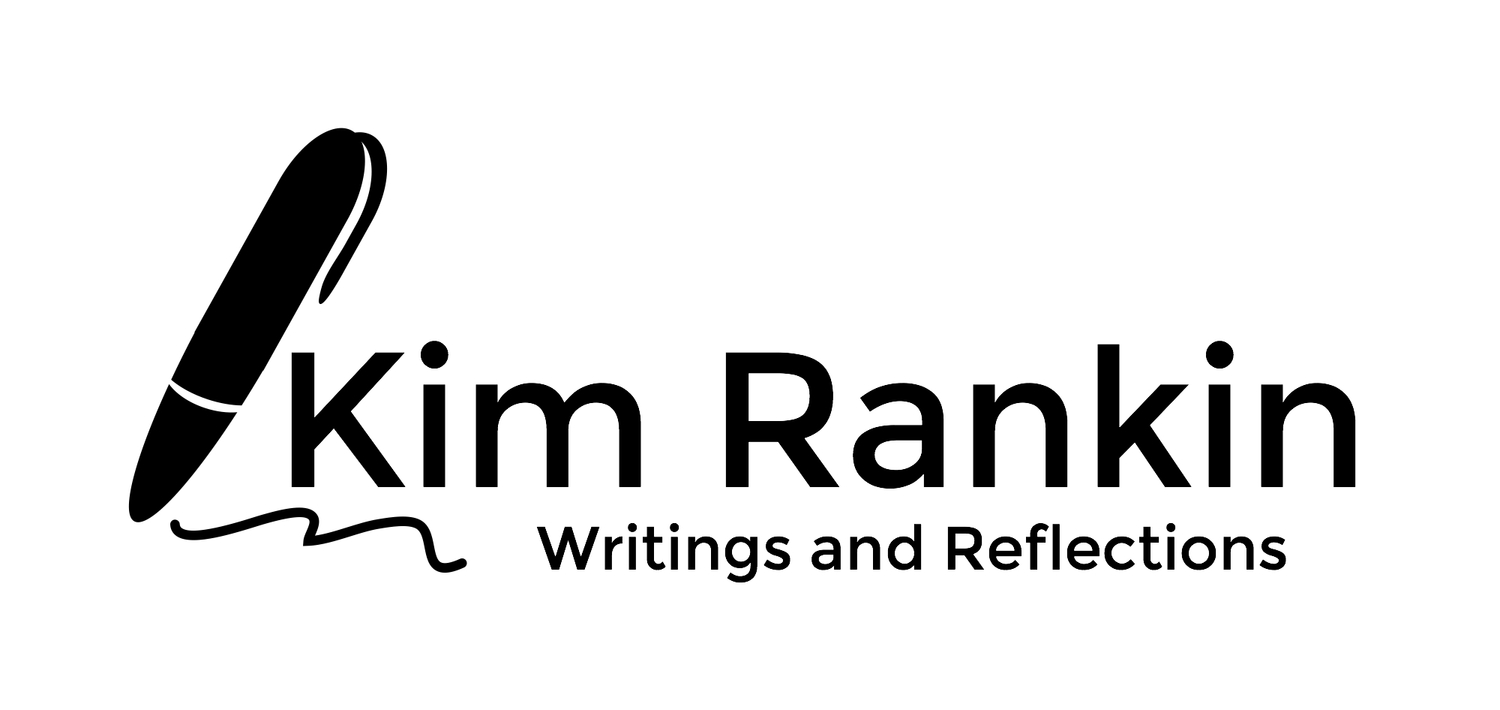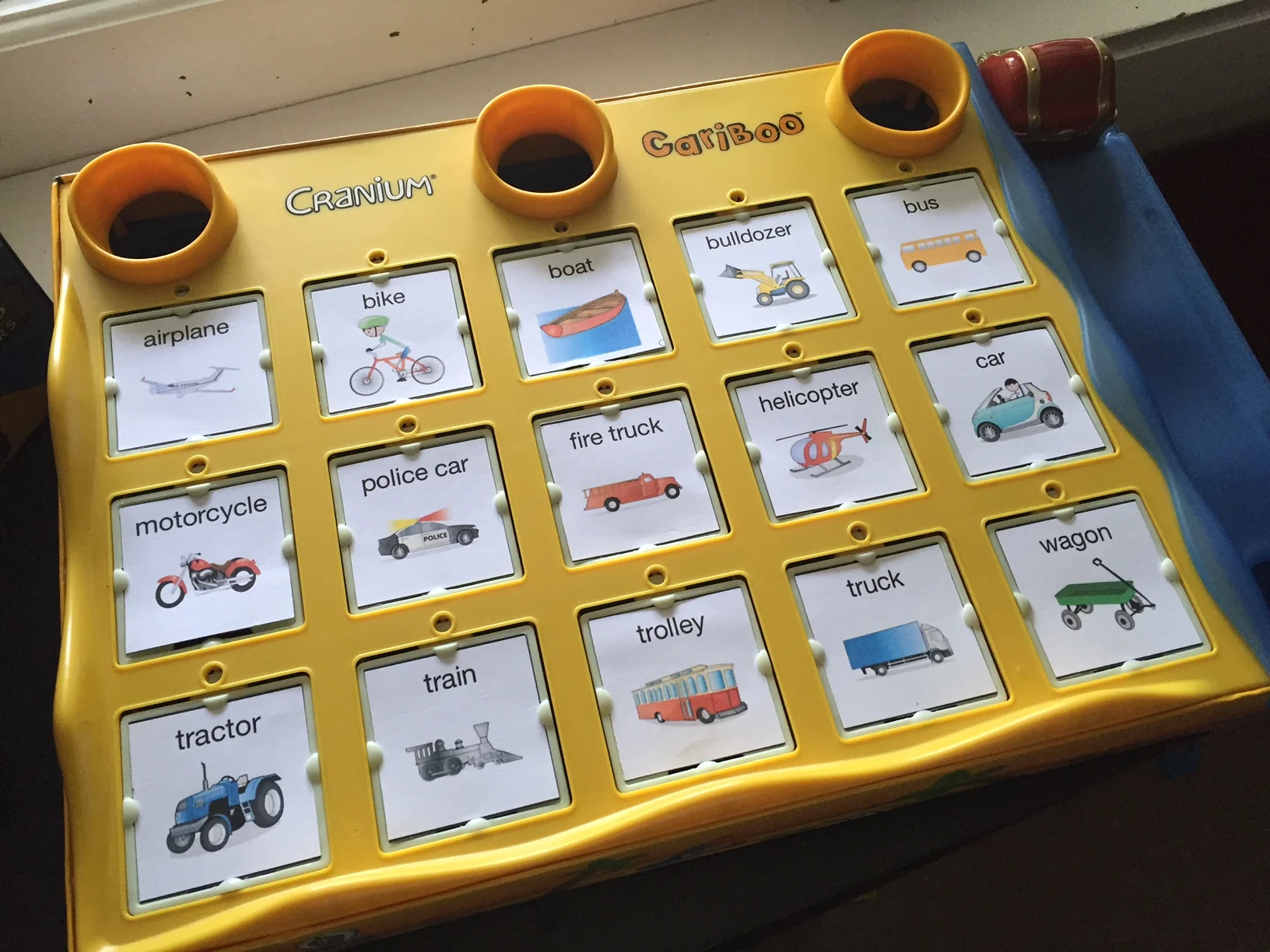For the last three months, Nathaniel has benefited from a very brief time of rote drill or recitation with me every morning. Using his talker, we count to ten, say the ABC's, and practice questions and appropriate responses. For example, I will ask, "What is your name?" to which he selects the one button on his device to respond, "My name is Nathaniel." Drawing on this skill yesterday when we were at a Labor Day picnic, he introduced himself to new friends. Within the last month he has shared his name with strangers at a playground. I do not believe these small social steps would be taking place if we were not working daily to recite.
Just as young children frequently memorize nursery rhythms and songs through repetition, the preschool years are often the time when children raised in Christian homes begin to learn their first Bible verses. Spiritual growth is as important to us as Nathaniel's emotional, physical, cognitive, and social growth. For generations of Rankins, the tool to encourage spiritual growth has been memorizing Bible verses. As a child and young adult, my husband memorized Bible verses weekly using Bible Memory Association, now called Scripture Memory Fellowship. Our children memorized Bible verses weekly through participating in the AWANA program. When they were small, we memorized the Sermon on the Mount as a family. We used motions, not American Sign Language, but our own creative fine and gross motor movements to help with the memorizing. The children were three years old to eleven years old when we recited the chapters of Matthew as a family standing in front of our church congregation. I have sweet memories not only of their incredible ability to learn and share long passages of scripture, but of working together daily after breakfast on the verses. The discipline of daily scripture memorization was formative to the children's minds and characters; the words they memorized had value to their souls.







